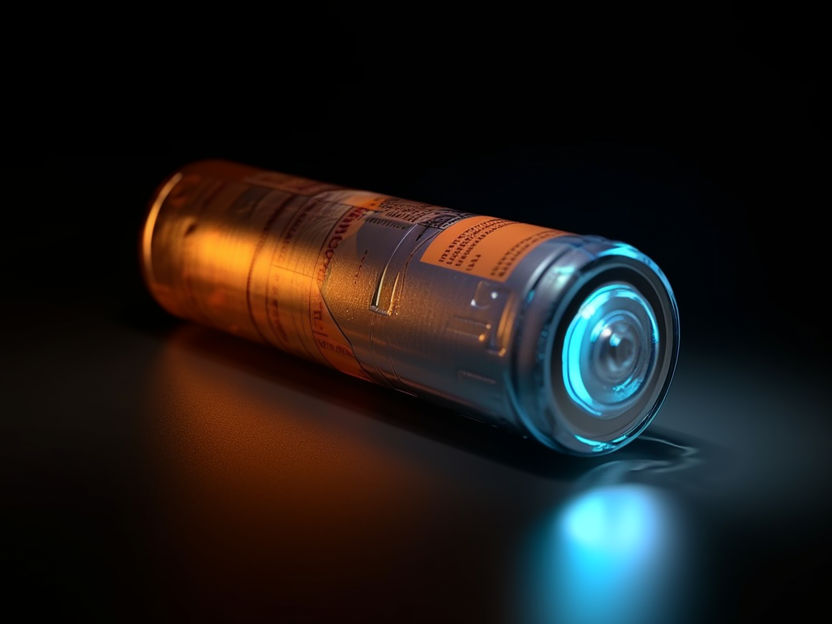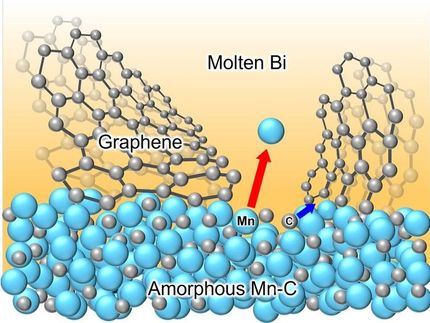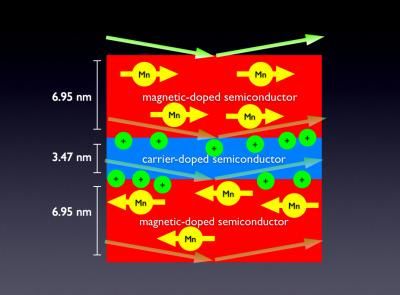X-ray imaging captures fleeting defects in sodium-ion batteries
A Cornell-led collaboration succeeded in identifying an elusive mechanism that can trigger degradation in sodium-ion batteries
Sodium-ion batteries have been touted as a sustainable alternative to lithium-ion batteries because they are powered by a more abundant natural resource. However, sodium-ion batteries have hit a significant snag: the cathodes degrade quickly with recharging.

Symbolic image
Computer-generated image
A Cornell University-led collaboration succeeded in identifying an elusive mechanism that can trigger this degradation – transient crystal defects – by using a unique form of X-ray imaging that enabled the researchers to capture the fleeting defects while the battery was in operation.
The group’s paper, “Operando Interaction and Transformation of Metastable Defects in Layered Oxides for Na-Ion Batteries,” published April 14 in Advanced Energy Materials. The lead author is postdoctoral fellow Oleg Gorobstov.
Leading the project is Andrej Singer, assistant professor and David Croll Sesquicentennial Faculty Fellow in the Department of Materials Science and Engineering in Cornell Engineering. His research group has been investigating nanoscale phenomena in energy and quantum materials, often by utilizing advanced operando X-ray tools. These techniques are especially helpful for exploring the behavior of transient defects, which appear only briefly during ionic transport. As a result, much about their life cycle and impact remains unknown.
In partnership with researchers from the University of California, San Diego, led by professor Shirley Meng, and the Advanced Photon Source at the U.S. Department of Energy’s Argonne National Laboratory, the team used Bragg Coherent Diffractive Imaging with a highly synchronized X-ray beam to focus on the constituent parts of a charging sodium-ion battery, creating real-time 3D snapshots that revealed the morphology and atomic displacements within NaxNi1-xMnyO2 cathodes.
“Operando measurements are indispensable here,” Singer said. “If we looked at the battery before and after the first charge-discharge cycle, we would see no defects. But during the operation, we see how the defects form and self-heal, leaving detectable ‘scars’ behind.”
In order to explain what they observed, the team took inspiration from metals, in which defects such as dislocations allow the ductile materials to deform without breaking. By using metallurgical modeling, the researchers tracked the movement of the transient – also known as metastable – defects and made qualitative predictions of the stresses that moved them as the material transformed and self-healed.
“Dislocations are one-dimensional crystal defects. Their presence in the ceramic cathodes we study is surprising, and the mechanisms for their formation are yet to be understood. We found that the dislocations form at a transiently forming anti-phase domain boundary,” Gorobtsov said. “This preceding configuration is a new piece of the puzzle that we hope will help us better understand the defect dynamics in this important class of materials.”
The researchers are now turning their attention to the way the defects interact with the ions that shuffle in and out, i.e., ionic diffusion, as the battery operates – a fundamental mechanism for energy delivery. Singer also noted that the orientation of the dislocations suggests that particle shape plays an important role in the process, so his team and collaborators plan to investigate if this morphology can be tuned to either facilitate or eliminate the dislocations.
“We have yet to understand the role of extended defects in battery materials,” Singer said. “For centuries, blacksmiths used defect engineering in metals to create stronger and more durable materials without even realizing it. Applying a defect-engineering approach to ceramics is much more challenging due to the presence of electrostatic charges. Nevertheless, with the help of new operando measurements and a better understanding of the mechanisms involved, we can now begin to address this challenge.”
Original publication
Other news from the department science
Most read news
More news from our other portals
See the theme worlds for related content
Topic World Battery Technology
The topic world Battery Technology combines relevant knowledge in a unique way. Here you will find everything about suppliers and their products, webinars, white papers, catalogs and brochures.

Topic World Battery Technology
The topic world Battery Technology combines relevant knowledge in a unique way. Here you will find everything about suppliers and their products, webinars, white papers, catalogs and brochures.




























































